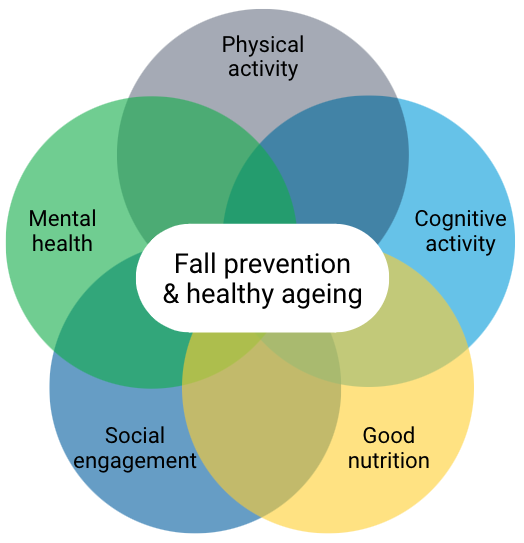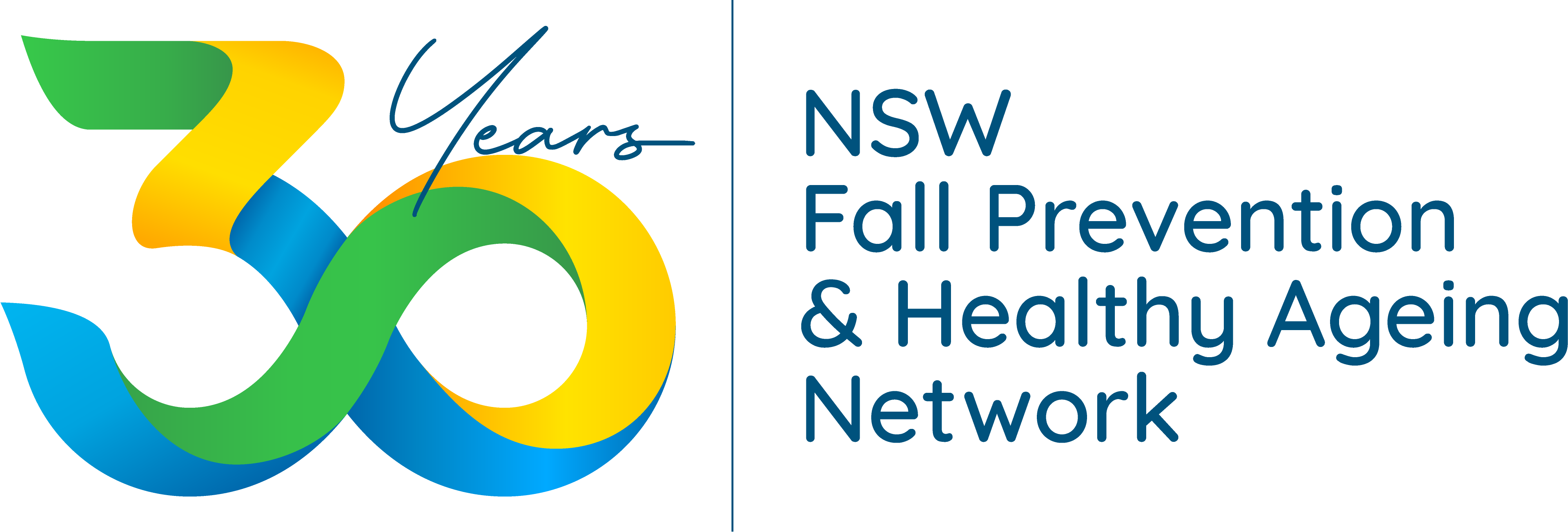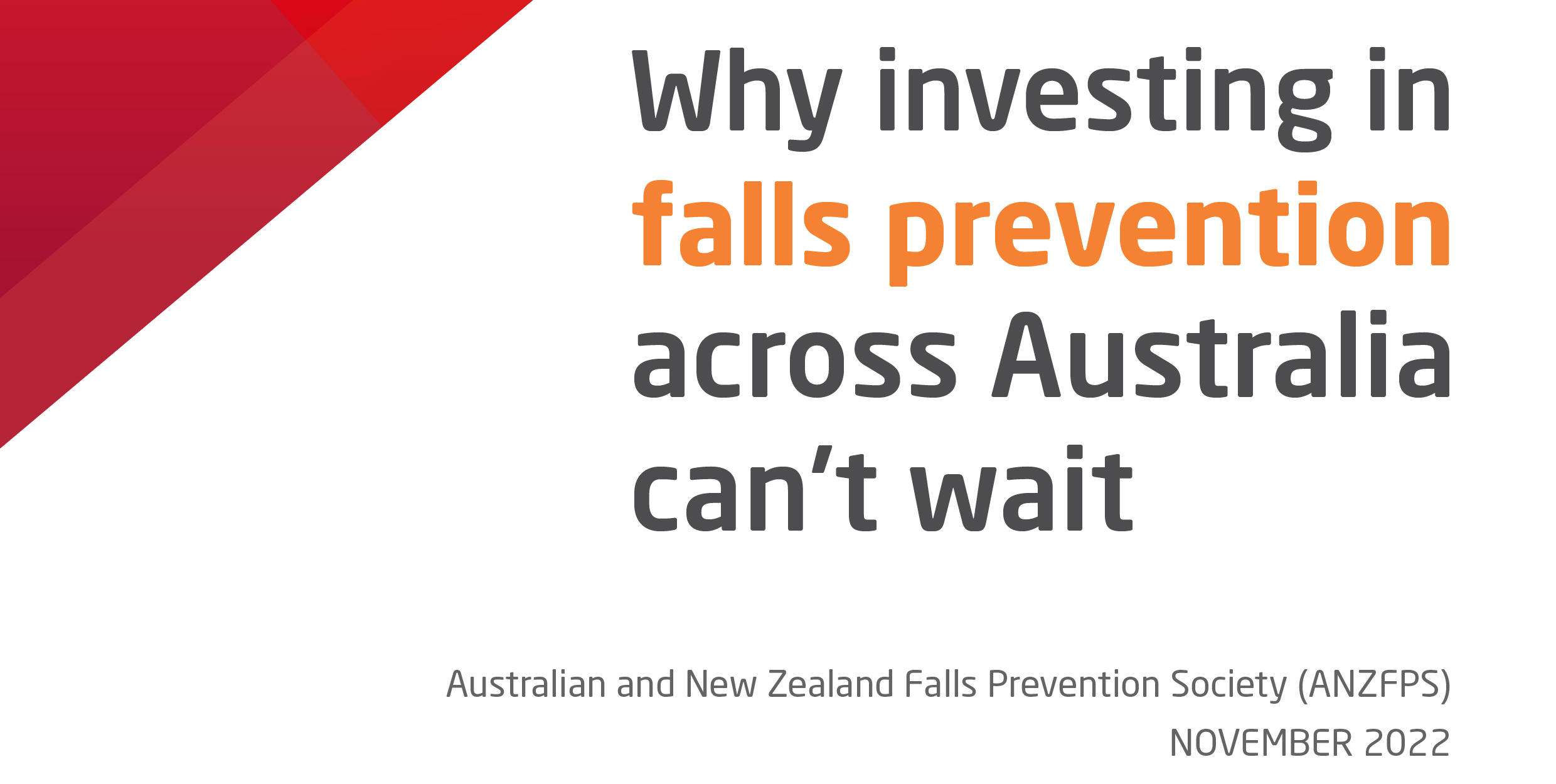We are all ageing — as individuals, communities and as a nation.
Older people make up a considerable amount of the Australian population. Today there are four million Australians aged 65 and over (comprising 15% of the total population).[1,2] The number and proportion of older Australians is predicted to continue to grow. Projections indicate that in 2050 there will be 8.8 million older people in Australia (22% of the population).[1]
While global ageing is largely seen as a positive consequence of medical, social and economic advances over disease, it also presents unique challenges and opportunities for our social and healthcare systems. Providing optimal care and support to a large cohort of older Australians will require a coordinated approach to the delivery of healthcare and community services.
As healthcare practitioners, we have an important role to play in this unprecedented demographic transition. For older people to live full and active lives, it’s vital that we focus on improving and maintaining their wellbeing through healthy ageing initiatives.
So, what is healthy ageing?
The World Health Organization (WHO) defines healthy ageing as the process of developing and maintaining functional ability to enable wellbeing in older age. [3] Wellbeing incorporates physical, mental and social health and is the birthright of every human being.
Healthy ageing is an individual lived experience that is influenced by healthy behaviours over the course of a lifetime, including good nutrition, physical activity, access to high-quality healthcare and social engagement. The intent to age well should be fostered early in life.
A common misconception is that a requirement of healthy ageing is the absence of disease or infirmity. In reality, many older people experience one or more health conditions that, when well-managed, have little impact on their wellbeing.
It’s important to remember that there is no typical older person. Some 80-year-olds have robust levels of physical and mental capacity, while other people of the same age may be largely care-dependent. Policymaking should reflect the diverse functional ability of older people.
Introducing the NSW Fall Prevention and Healthy Ageing Network
In July 2020, the partnership between the Clinical Excellence Commission (CEC) and Neuroscience Research Australia (NeuRa) was renewed for a further three years to continue the important work of reducing the incidence of falls in NSW. The collaboration’s new name, NSW Fall Prevention and Healthy Ageing Network, reflects an increased focus on keeping older Australians safe within the broader scope of healthy ageing.

The Network is committed to improving the lives of older people, their families and the communities in which they live through healthy ageing initiatives and preventing falls and harm from falls. We do this by supporting health and community service professionals to drive improvements in the wellbeing of older people by engaging in healthy lifestyles and physical activity.
The Network promotes healthy ageing and fall prevention through home safety modifications, medication reviews, foot health, vision screening, physical activity and exercise, psychological and cognitive interventions and education.
Get involved by initiating a conversation about healthy ageing with your network. We have a comprehensive library of resources available on this site to assist you. You can also reach out to our team with questions.
Remember, healthy ageing is everyone’s business.
References
- Australian Bureau of Statistics (ABS) 2014. Australian historical population statistics, 2014. ABS cat. no. 3105.0.65.001. Canberra: ABS.
- ABS 2017. Australian Demographic Statistics, Jun 2016. ABS cat. no.3101.0. Canberra: ABS.
- World Health Organization. World report on ageing and health. Geneva: WHO, 2015. Search PubMed


